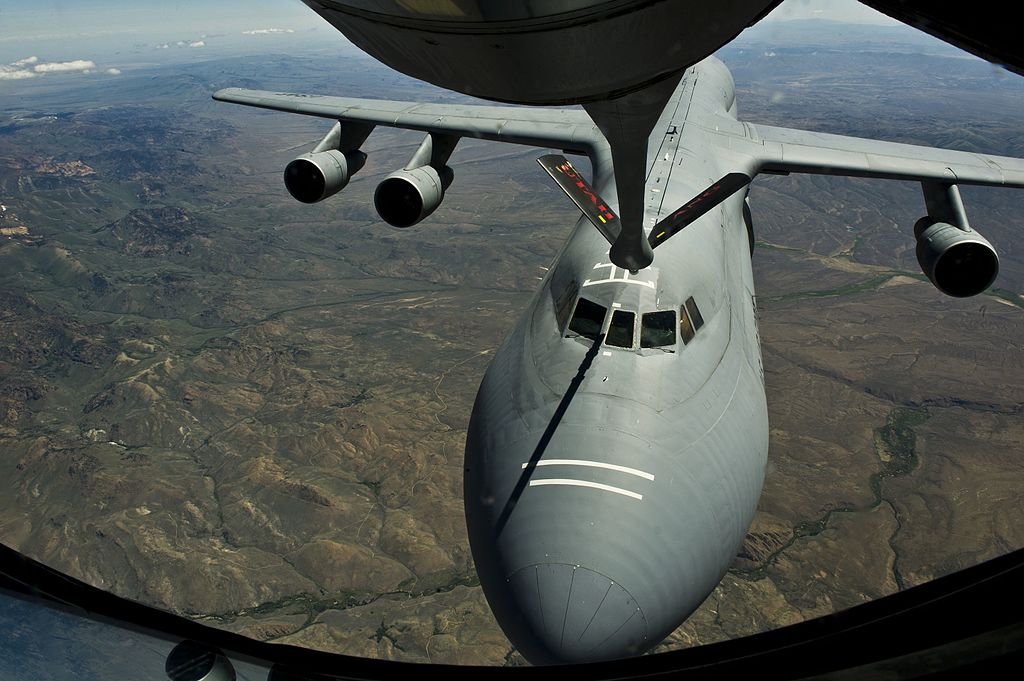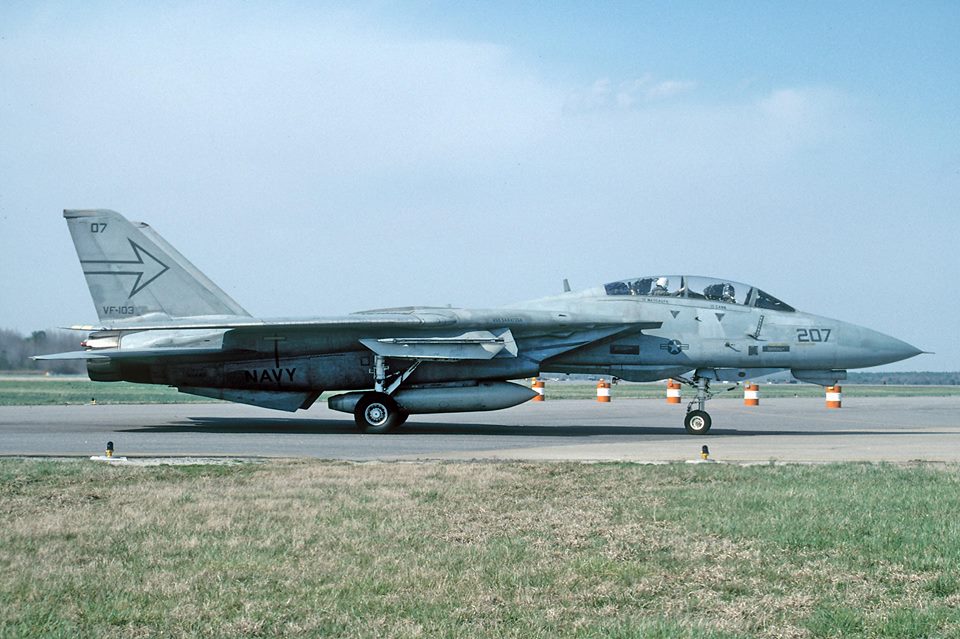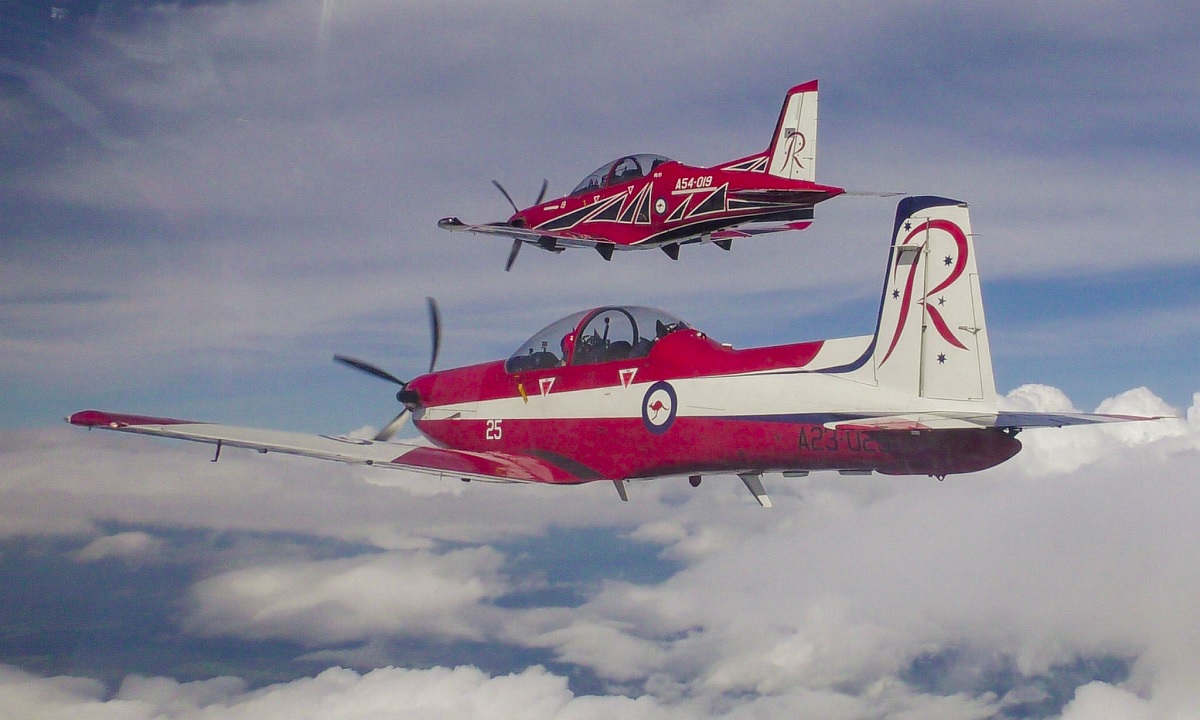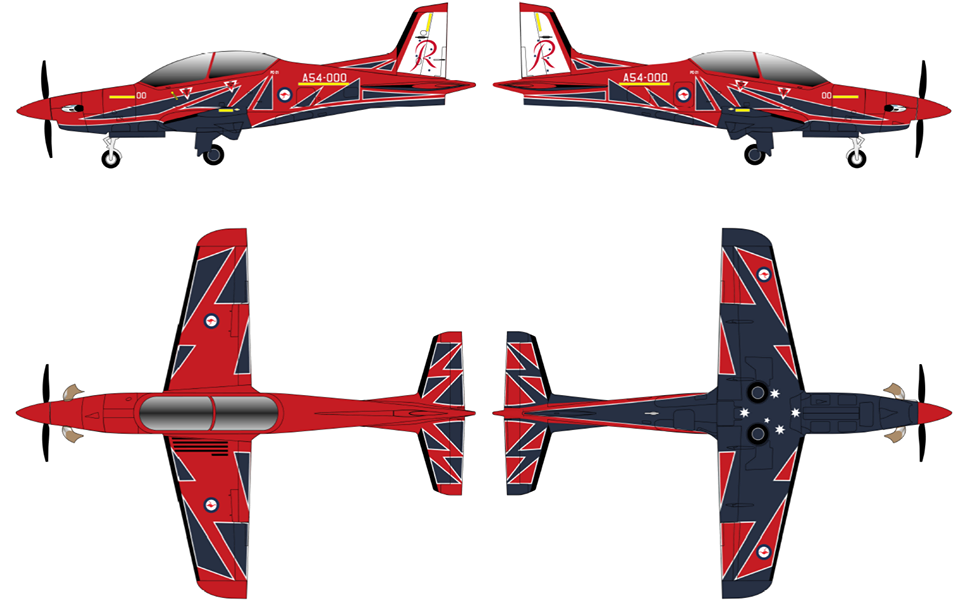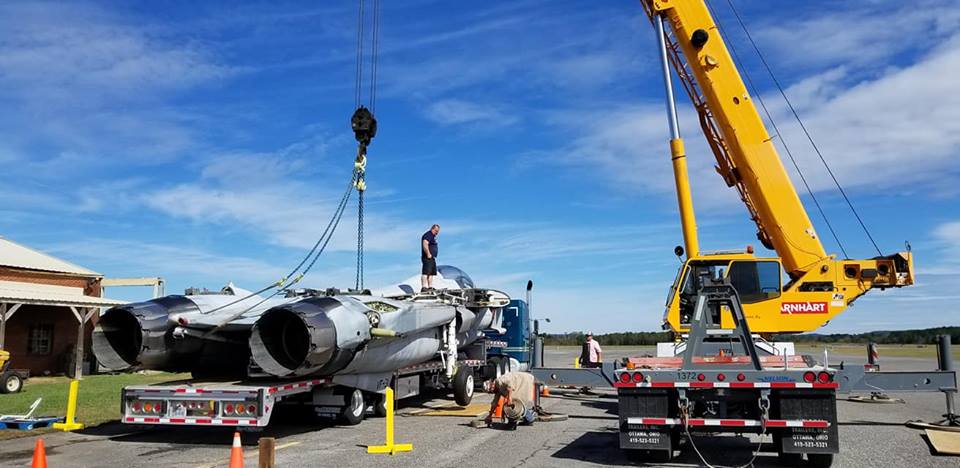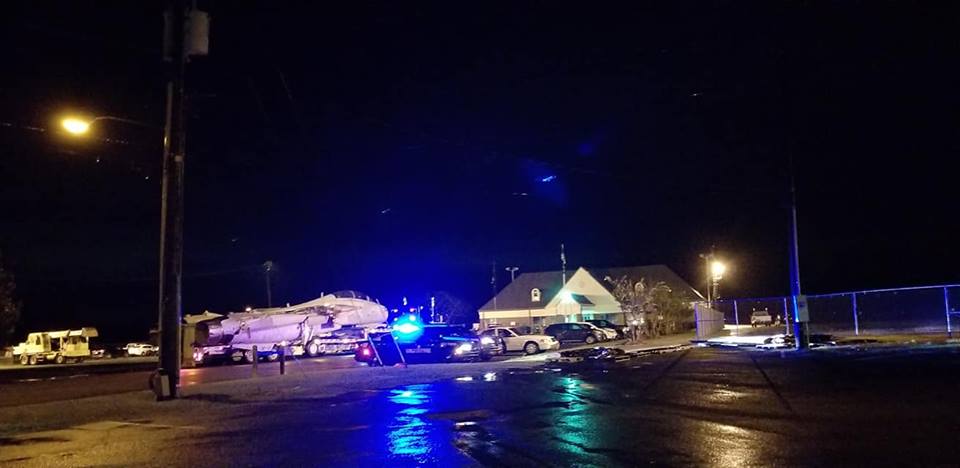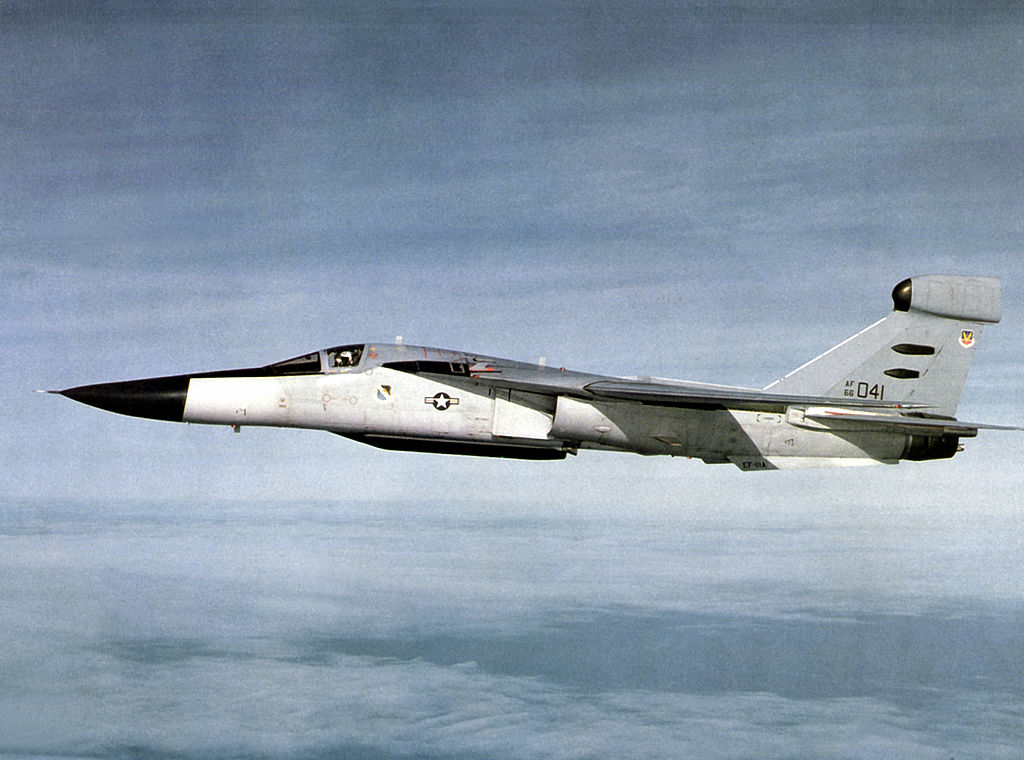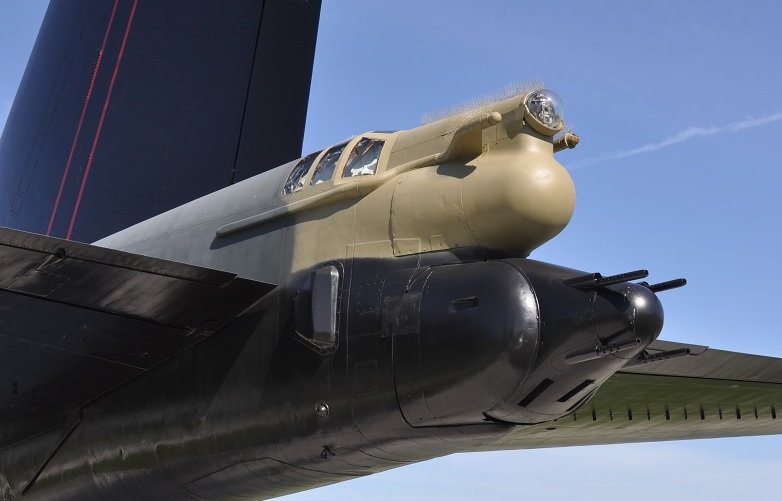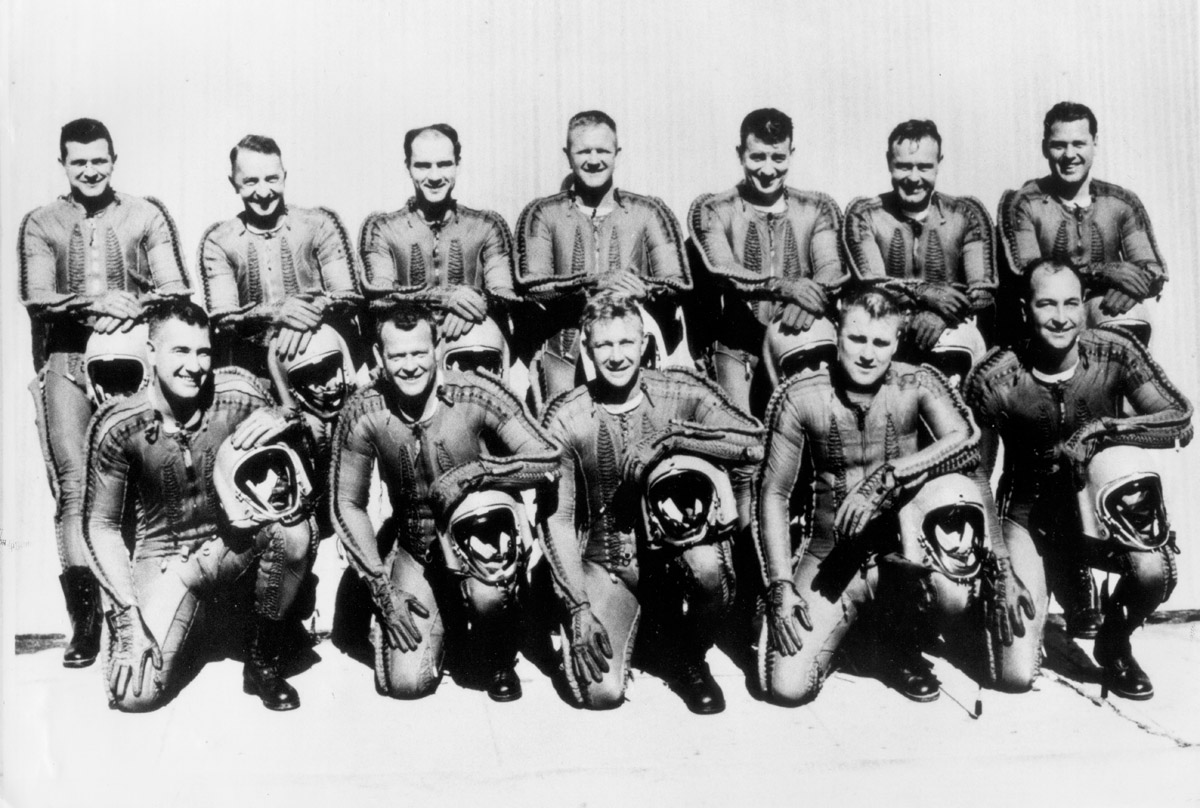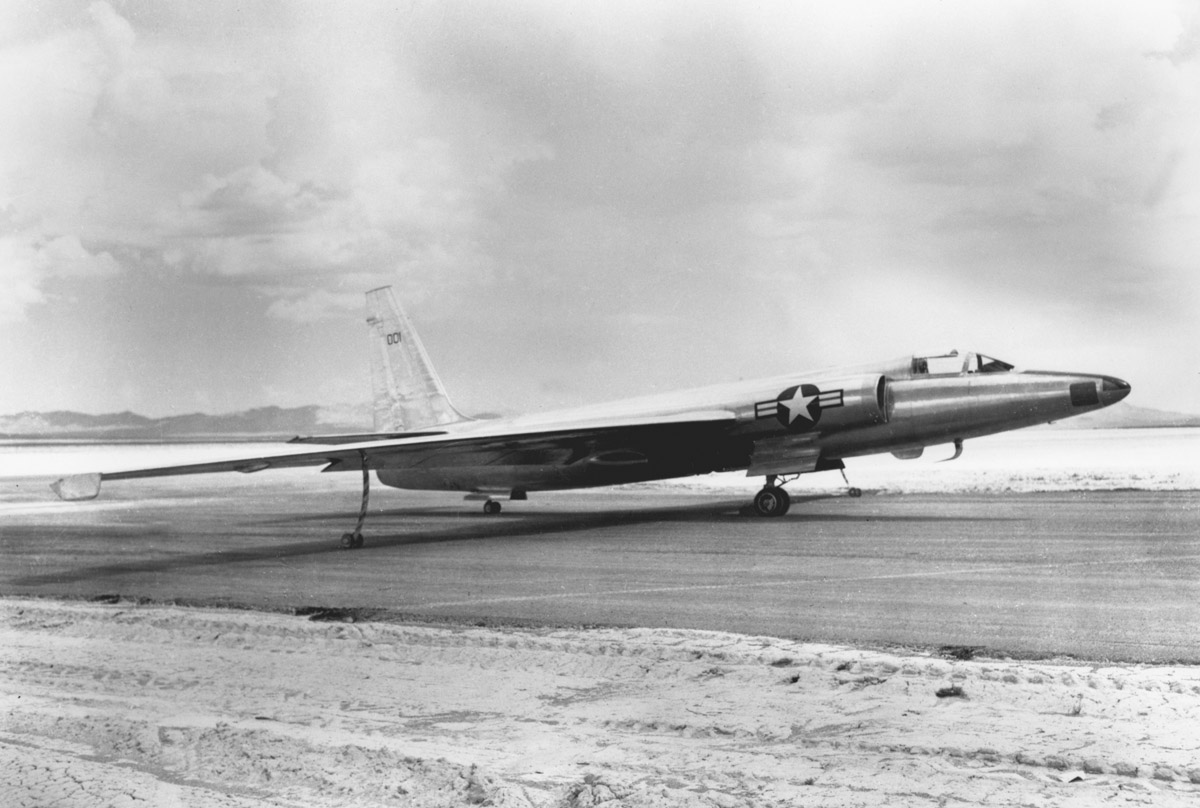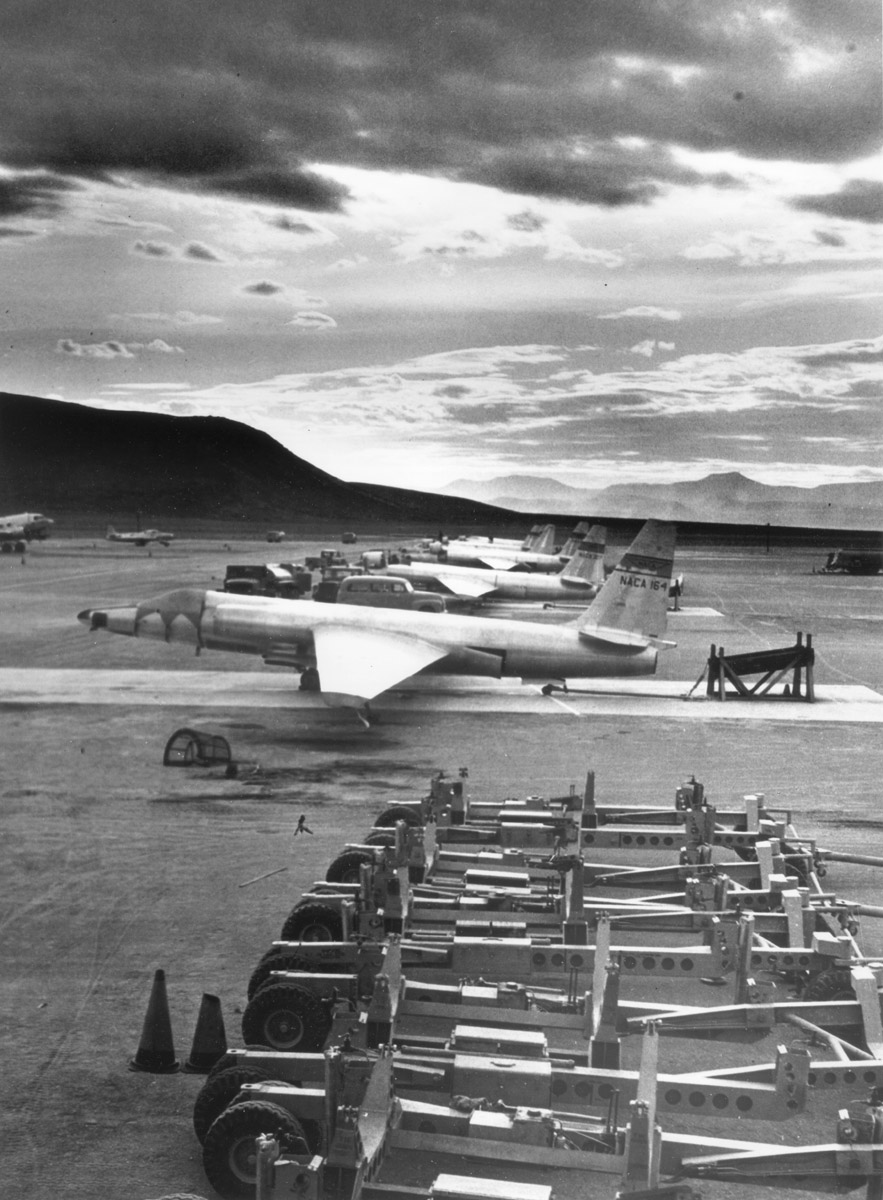‘I looked at him more closely and saw that he had two missile pylons under each wing. Now I knew that it was not an F-15 or F-14. That was the moment I knew that my target was a “Foxbat”. Then I started shooting’ Rick ‘Kluso’ Tollini, F-15 pilot
The F-15C Eagle is an all-weather, extremely maneuverable, tactical fighter designed to permit the U.S. Air Force (USAF) to gain and maintain air supremacy over the battlefield.
F-15C and D models were deployed to the Persian Gulf in 1991 in support of Operation Desert Storm (ODS) where they proved their superior combat capability. The F-15C fighters in fact accounted for 34 of the 37 USAF air-to-air victories.
As told by Steve Davies in his book F-15C Eagle Units in Combat, on Jan. 19, 1991 (the third day of ODS) at Tabuk AB, Rick ‘Kluso’ Tollini (F-15 pilot from the 58th Tactical Fighter Squadron, TFS) was ready to lead a mission in support of F-15Es searching for elusive mobile “Scud” launchers. His four-ship Offensive Counter Air (OCA) flight, call-sign CITGO, comprised Larry ‘Cherry’ Pitts, John Kelk, and Mark Williams in tow.
Larry Pitts remembers: `By Day 3, we had realized that the IrAF was not going to pose as great a threat as we thought it would. We flew two missions that day, the first of which was canceled due to weather, but it still required us to stay on the tanker for six hours because there was intelligence that Saddam Hussein was going to try and leave the country, and senior commanders wanted us to shoot that flight down. Having hung on to the tanker for six hours, we went back thinking that we were going to have the day off.
‘As soon as we landed, the Ops Officer told us to get gas and take off again, so we refueled, got airborne, and then rendezvoused with a tanker south of the border. AWACS called two groups of enemy fighters 60 miles north of us just as we were coming off the tanker.’
The flight pushed north at 25,000 ft to engage the first group, which was dead ahead and 15,000 ft below.
Tollini recalled that AWACS had erroneously identified both groups as MiG-29s. However, he continued to monitor the first group as it headed off to the northeast, then checked his flight to the north to go head-on with the second group as it came south:
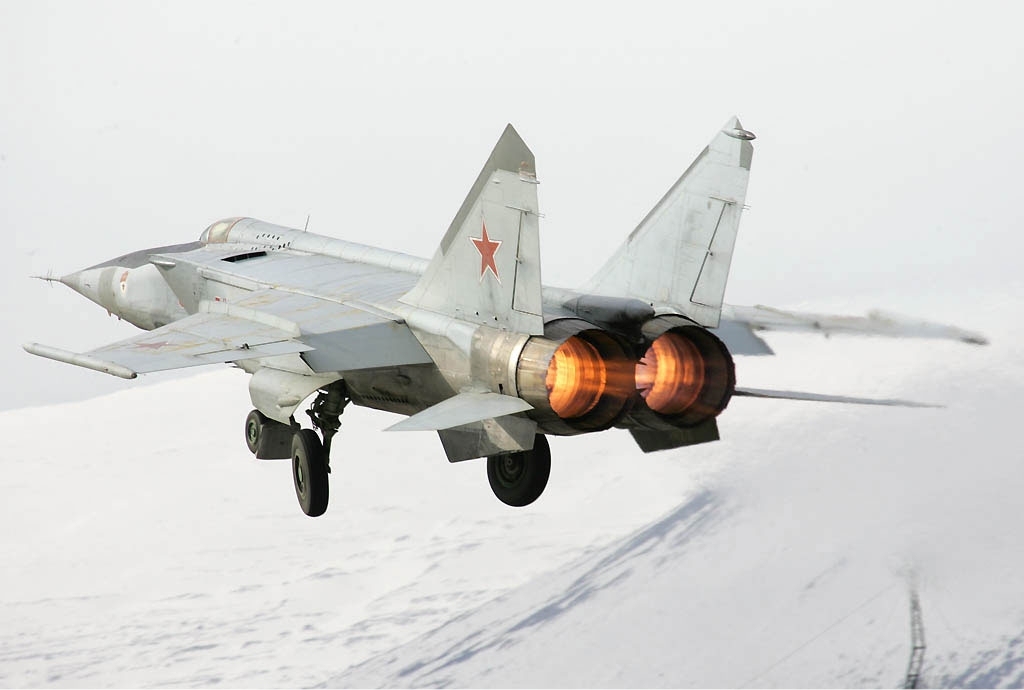
‘Once we locked the second group up they also maneuvered—this time to the west—and I remember that as they turned through west to the north, I thought we were going to have to chase them. Fairly quickly, they did a 270-degree turn to the south, coming straight at us from 30 miles out in a three or five-mile lead-trail formation, clown around 3000 ft MSL (Mean Sea Level – about 2000 ft Above Ground Level). My intention was to shoot a couple of AIM-7s and kill these guys BVR, so I locked the lead, and “J B” Kelk locked the trailer.’
With their concentration now focused exclusively on the south-bound MiGs in front of them Pitts recalled that the target jets executed a defensive maneuver:
‘”Kluso” got a good lock, and was ready to shoot at targeting range, when the MiGs went to the beam [perpendicular to Tollini and Pitts] and took it down low. We lost them, “Kluso” never got his missile off and we totally lost SA for a little bit. As we kept pushing north, we realized that one guy had come back in “hot”. He was coming left-to-right across our formation, five miles in front of us, at 300 ft and doing 700 knots. He had also lost his SA, and didn’t know that we were there.’
Being on the extreme left side of the F-15s’ wall formation, Mark Williams was the first to see the MiG-25 ‘Foxbat’ as it crossed from left to right in front of the 58th TFS pilots. However, it was Pitts who was in the best position to engage:
‘I called “Engaged!” and locked him up with my radar in a high-to-low weapons conversion, where I actually pulled 12G [F-15’s maximum allowable is 9G] and seriously over-stressed the jet! He was going so fast, however, that as soon as I locked him up he “gimballed” [flew off the radar’s coverage] me, and I began to think that I would never find him again because he was going like stink.

‘This was the second mission of the day; the weather was bad and he was now on top of a low overcast, and as I did the conversion, I saw him again and re-locked him with Auto Acq. As soon as I did that, he went into a defensive turn and broke into me, going from an easterly heading through south and then back to the west. By the time he turned from west to north, I was in weapons parameters and at a fighting speed of about 420-450 knots, but he was way above the Mach, flying this huge defensive turn.
‘I easily got inside his turn and again called “Engaged!” because I had not heard “Kluso” clear mee to fire. “Kluso” responded with “Press!”, which made me flight lead for a short time and indicated that he was now supporting me.
‘I was now 9000 feet behind the guy, and close to a tail aspect, so I selected an AIM-9. I got a good tone (the missile saw the target) and uncaged the weapon, after which I still had a good tone [the missile was tracking the target without the aid of the radar], so I launched. He immediately decoyed the AIM-9 with flares.’
The MiG’s timely release of countermeasures had spoofed the missile into shifting track from its hot exhausts to the even hotter burning magnesium flare.
‘As soon as he hit north, he stopped turning and tried to run, still at 300ft and now doing 500 knots. I selected an AIM-7, felt the clunk as it released, and then looked to the right and saw that he was almost flying information with me! The rocket motor then lit and it accelerated off right at him, and past his canopy without fusing.’
Now at 6000 ft, and with a pure tail aspect, Pitts re-selected the AIM-9, got a good tone, and uncaged:
‘Just as I was about to fire, he put out more flares, dragging the missile’s seeker head off before I could take the shot. I re-caged the weapon back to the radar, got a good tone, and shot, but he again decoyed it with flares. He was fighting pretty hard, and I was thinking, “Man, I am going to have to gun this guy”. I selected another AIM-7 and shot it, and this time the missile went right up my adversary’s tailpipe and exploded. “Kluso” must have been thinking “‘Cherry’ needs some help here” at the same time, because he shot an AIM-9 which went straight into the fireball. The pilot bailed out and his ejection seat passed right over my canopy — I thought it was going to hit me — and I started hearing his emergency locator on GUARD [radio frequency].’
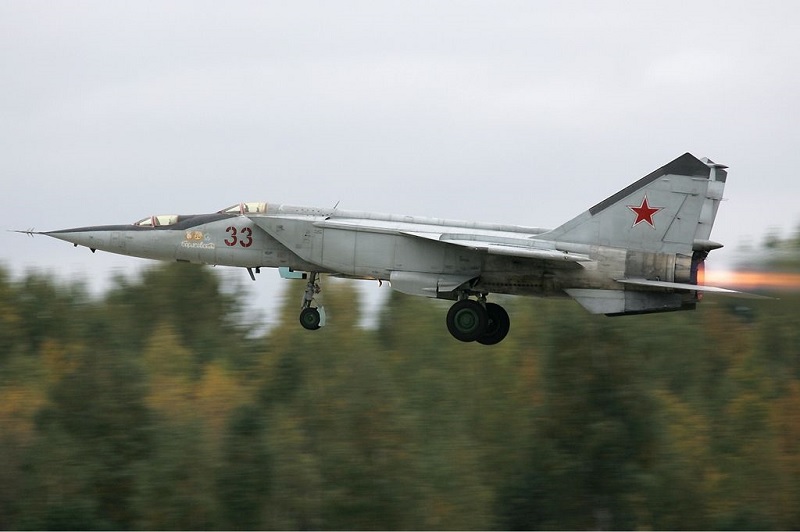
Pitts made his ‘Splash’ call and pulled up into a left-hand, climbing turn. As he did so, he saw the other ‘Foxbat’ and called, ‘Two, second MiG-25, my nose, five miles’. Tollini responded with, `Engaged!’, but struggled to immediately identify the jet as a MiG-25, F-15, or F-14.
Tollini recalled the engagement from his own perspective:
‘I had “Willie” Williams searching high and “Cherry” Pitts searching low after the second group of MiGs beamed us and we lost them on the radar. Fortunately, “Cherry” was able to grab the trailer as he finished his beam to the east and then turned due south again, and I actually got the lead jet back on radar momentarily before both of them flew off of our scopes. “Cherry’s” guy started his right-hand turn underneath us, and my guy did a high-speed turn through the south, and I saw him leave the flight.’
Tollini transitioned from lead to wingman when Pitts called ‘Engaged’ on the first ‘Foxbat’. He followed Pitts through the maneuver that placed him behind the MiG-25:
‘The MiG was in a right-hand turn and we were at very close range when “Cherry” camped behind him. I joined the fight in a left-hand turn from the southeast and cut across the circle as the MiG continued its turn from the west towards the northeast. It was then that “Cherry” scarred shooting off all of his missiles. He was not having any luck, so I radioed, “Two, come off’, about which he later said to me, “‘Kluso’, I don’t remember you saying that”. My first shot got there a split-second later than his, and although I did not personally see the guy punch out, “Cherry” said that my missile got there seconds after the seat came out of the aircraft.’
With the troublesome Foxbat dealt with, Tollini began his own engagement:
`As “Cherry” peeled off to the west, I flew right behind his MiG and watched it enter the undercast and impact the ground. We had already dropped our wing tanks, and we were all going really fast, so I pulled into a high-G right-hand turn through east to south. As I did that, I had an Auto Acq mode slewed out to the south — I think more by accident than planning — and as I came around the corner to the south, the radar grabbed the other guy as he came back into the fight.’
The `Foxbat’ re-entered the fight from a northerly heading, and although both Pitts and Tollini missed it at the time, AWACS had made a timely call to advise ‘CITGO’ flight of the impending merge. Tollini continued:
‘The instant I snagged him, “Cherry” saw him visually and called him to me. Then it became an issue of ID again. When we merged the first time we had good ID, but having been spat out of the fight I didn’t know who he was when he came back in again. I didn’t know where “J B” and “Willie” had gone [they had actually departed the area to provide cover in case the original MiG-29 group attempted to pincer the flight], and I knew that there was a Navy package out there. This left me sitting barely a mile behind my target, looking at its tail, but unsure of what it Was.
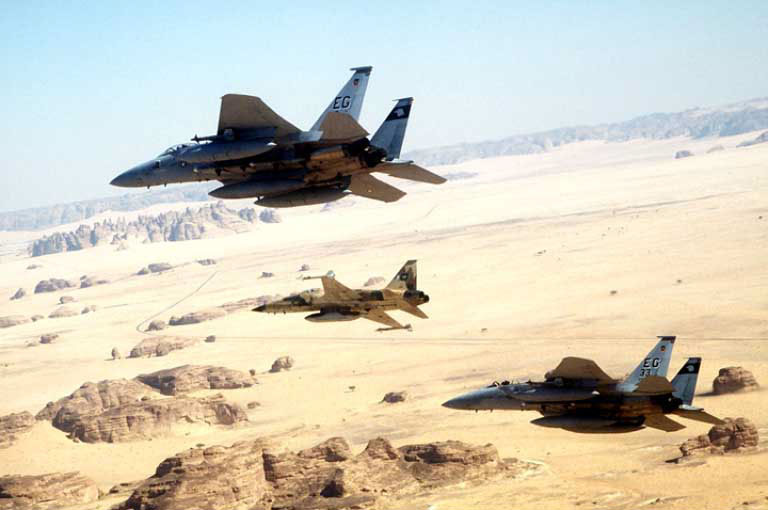
‘What I could see was the jet’s two huge burner plumes, so I asked on the radio if anyone was in the burner. Having received various responses, I called everyone to get out of the burner — working on the basis that if my target was indeed one of us its pilot would comply. Well, he didn’t, so I looked at him more closely and saw that he had two missile pylons under each wing. Now I knew that it was not an F-15 or F-14. That was the moment I knew that my target was a “Foxbat”. Then I started shooting.’
The spare mental capacity that allowed Tollini to indulge in such dynamic thinking is a great indicator of how effective the USAF’s F-15 pilot training has been over the years. At a time when temporal distortion, `channelized’ attention, fear, and cognitive saturation can blunt the senses of any fighter pilot, Tollini’s efforts to ID the target were characterized as ‘outstanding’ by Pitts.
With the MiG positively identified, Tollini closed for the kill:
`I was in full burner, camped back there in pure pursuit. The pilot of this aircraft was not like the first MiG in that he was not putting out any chaff or flares. Maybe he could not see me because I was camped in his “deep six”, or maybe he’d run out of flares — I don’t know. But he stayed in this high-G turn. My first AIM-7 was at low aspect, maybe 20 to 30 degrees off of the tail, and I hit the pickle button and waited, but I didn’t see the missile flying out in front of me. We don’t know for sure, but we think the rocket motor failed to light [the AIM-7 was less than reliable throughout the war]. `I thumbed forward on the throttle-mounted weapons select switch to select an AIM-9, at which point what looked like a single flare popped out of the aircraft — it was not very bright, and it could have even been the pilot punching out, but I think I would have seen more flames if he had indeed ejected.
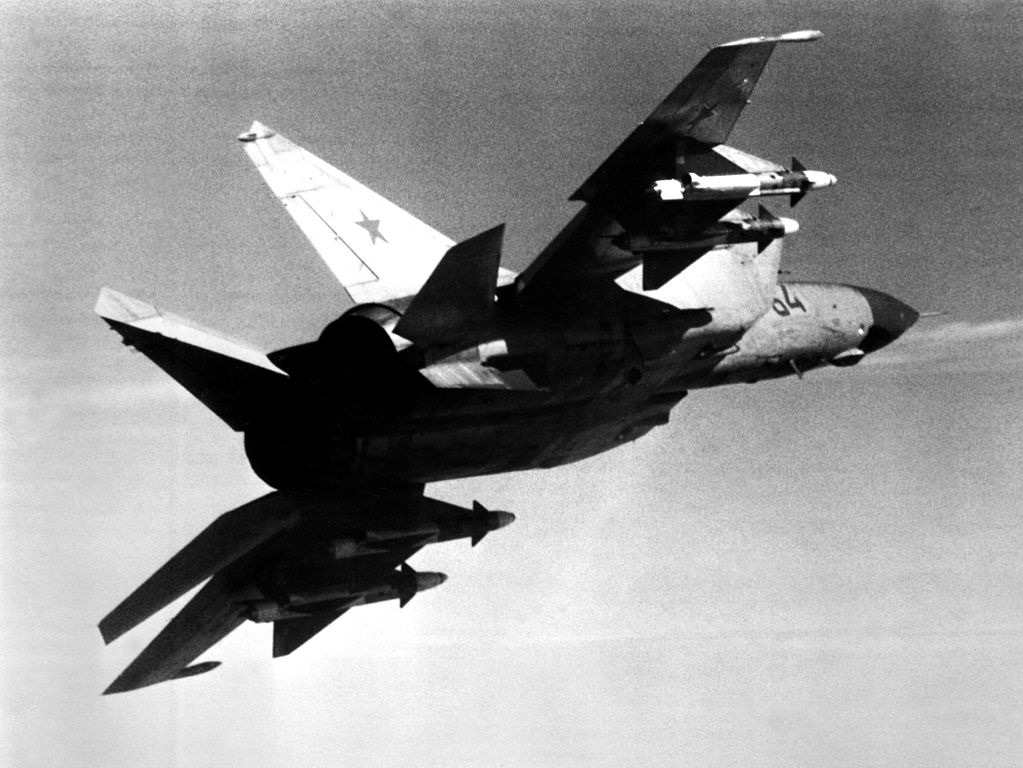
`In any case, I was not that confident that the AIM-9 would get there, having seen what happened to “Cherry’s” missiles, so as soon as I shot it I thumbed back to AIM-7 again. The AIM-9 flew close to his burner cans — through the plume —but then sailed wide and missed. I then shot the second AIM-7.’
In the temporal distortion that many pilots experienced at the time of their kills, Tollini watched the missile guide in a lag-pursuit mode for what seemed to him like minutes. It flew up from beneath the ‘Foxbat’ and then punctured its belly, exploding milliseconds later:
‘The explosion was huge, like the Death Star from the Star Wars film! The “Foxbat” totally disintegrated, and I was amazed because that had not happened to “Cherry’s” MiG.’
Even though Pitts had flown the visual engagement extremely well, and had employed his weapons properly, the first `Foxbat’ still required a total of five missiles to down it. To illustrate the point, every one of Pitts’ shots would have been classed as kills in a peacetime exercise. He credits the `Foxbat’ pilot with having put up a good fight — one of the few Iraqi Air Force (IrAF) pilots to do so throughout the war.
Tollini’s main concern had been to end the fight as quickly as possible, and that remained the priority. AWACS was warning that the original group of IrAF fighters initially intercepted by the F-15s was now headed south again, and his flight had already been sucked into one merged engagement in what had been a fairly ‘ugly’ intercept. Fortunately, Pitts and Tollini exited the area without any additional complications. The original group called out by AWACS failed to threaten either `CITGO’ flight or the strikers, although Kelk and Williams were still up high covering if they had.
The debrief for this flight was lengthy and intense. The mission had hardly gone according to plan, and there was no shying away from the customarily candid mission debrief—a modus operandi of everyday peacetime training that, `Kluso’ argues, is one of the reasons why the USAF was so successful in its quest to kill MiGs.
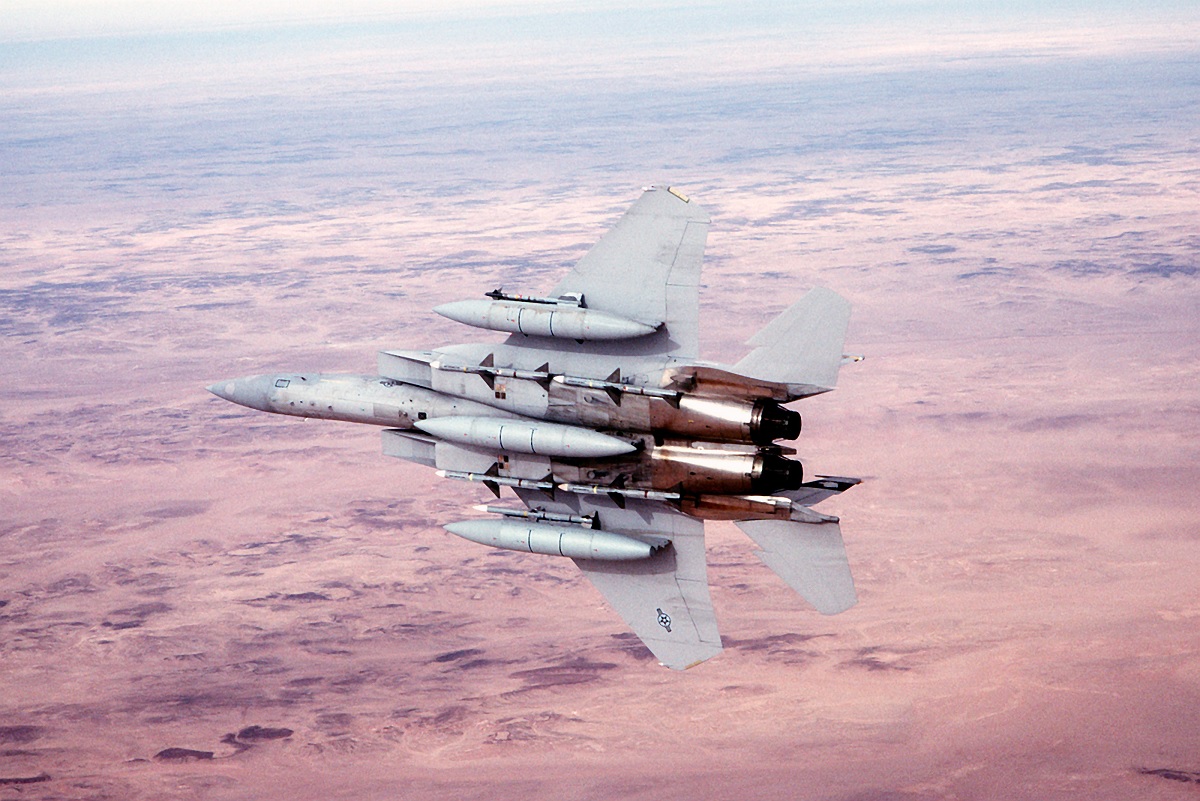
Did Pitts’ and Tollini’s hypothesis about Russian or ex-Soviet Bloc pilots come true? We will never know for sure, but Tollini offers this: ‘Look at it this way. They were either the best or luckiest Iraqi pilots in the world, or they were not Iraqis at all. They should not have survived to the merge—our tactics, weapons, and training should have been to that—but these guys used tactics both before the merge and at the merge that really impressed me. I often wonder.’
Photo by U.S. Air Force, Dmitriy Pichugin and Leonid Faerberg (transport-photo.com) via Wikipedia
F-15C Eagle Units in Combat is published by Osprey Publishing and is available to order here.




